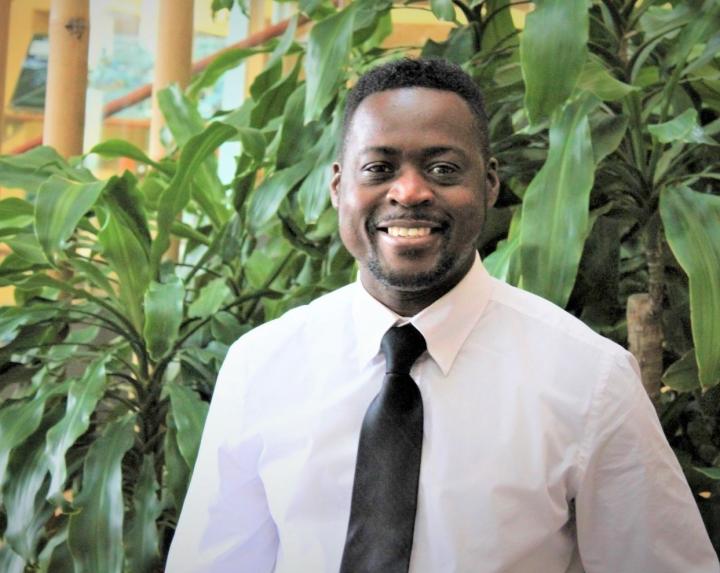
IMAGE: INRS Professor Patrick Drogui, a specialist in electrotechnologies and wastewater treatment.
view more
Credit: Jean-Daniel Bourgault (INRS)
Pesticides, pharmaceutical products, and endocrine disruptors are some of the emerging contaminants often found in treated domestic wastewater, even after secondary treatment. Professor Patrick Drogui of the Institut national de la recherche scientifique (INRS) and his team have tested the effectiveness of a tertiary treatment process using electricity in partnership with the European Membrane Institute in Montpellier (IEM) and Université Paris-Est.
The advanced electro-oxidation process (EOA) uses two electrodes to break down non-biodegradable pollutants that remain after biological treatment. Electric current is passed through the electrodes, generating hydroxide radicals (* OH), which attack the refractory molecules. The primary advantage of this method is that it does not require any chemicals to be added to the water.
“EOA processes are revolutionary in the field of wastewater treatment. It’s pioneering technology for treating wastewater contaminated by refractory pollutants such as pharmaceutical wastes,” said Professor Patrick Drogui, co-author of the study published on June 18 in the prestigious journal Science of the Total Environment.
The researchers tested new catalytic electrodes. “We have shown that these electrodes are effective and produce large quantities of hydroxide radicals. They are also cheaper than the other electrodes currently on the market, which reduces the cost of the treatment,” said Yassine Ouarda, Ph.D. student and first author on the study.
Versatile Tertiary Treatment
Researchers tested the technology on three types of water coming from different treatment processes: conventional, membrane bioreactor, and a treatment process that separates wastewater, including feces, at the source. They focused on paracetamol, otherwise known as acetaminophen. “We tested the process on this particular molecule because it’s one of the world’s most widely used drugs. We have already tested it at INRS for some 15 different pollutants, as the process can be used for other pharmaceutical molecules,” said Mr. Ouarda.
During partial breakdown of pollutants such as pharmaceuticals, the by-products can be more toxic than the parent compounds. “We observed that the toxicity of the solution increased and subsequently decreased during treatment. This indicates that the toxic molecules are themselves broken down if the reaction continues,” said Mr. Ouarda.
“This work once again confirms that advanced electro-oxidation processes are good candidates for breaking down drug wastes left behind after biological treatment,” said Professor Drogui.
###
About the study
The paper “Electro-oxidation of secondary effluents from various wastewater plants
for the removal of acetaminophen and dissolved organic matter”, by Yassine Ouarda, Clément Trellu, Geoffroy Lesage, Matthieu Rivallin, Patrick Drogui and Marc Cretin, was published on June 18 in the journal Science of the Total Environment.
They received financial support from Mitacs through the Mitacs Globalink program. DOI: https:/
About the INRS
The Institut national de la recherche scientifique (INRS) is the only institution in Québec dedicated exclusively to graduate level university research and training. The impacts of its faculty and students are felt around the world. INRS proudly contributes to societal progress in partnership with industry and community stakeholders, both through its discoveries and by training new researchers and technicians to deliver scientific, social, and technological breakthroughs in the future.
Contact :
Audrey-Maude Vézina
Service des communications et des relations gouvernementales de l’INRS
418-254-2156 (cell)
[email protected]
TDnews














